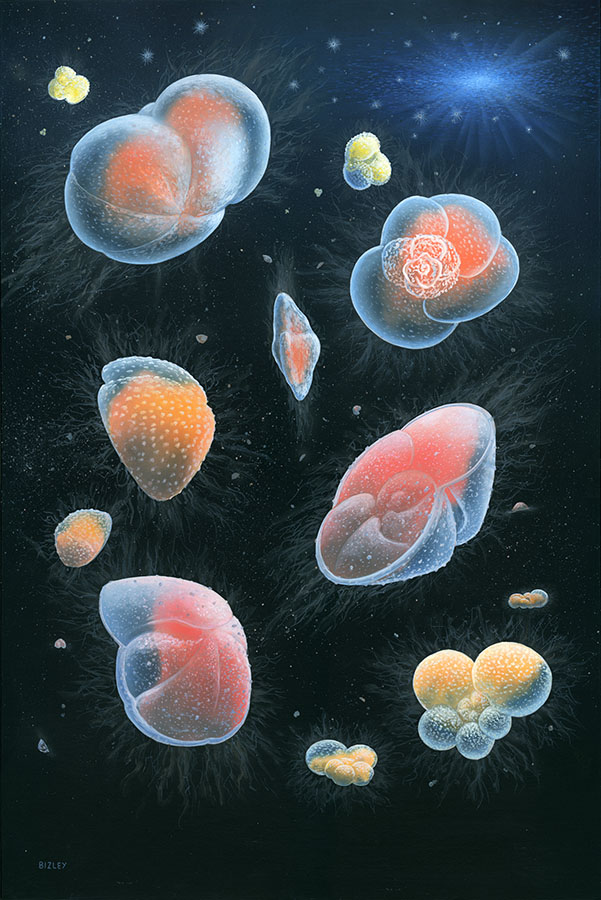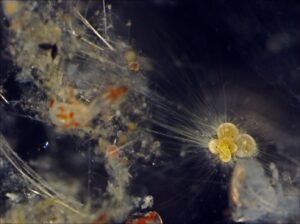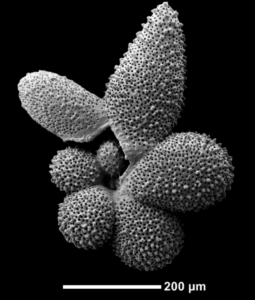St Hugh’s Fellow leads fossil study to solve a 200-year-old scientific mystery

A large-scale fossil study, led by College Fellow, Professor Erin Saupe, has revealed the origins of modern-day biodiversity gradient 15 million years ago. Researchers used nearly half a million fossils to solve a 200-year-old scientific mystery: why the number of different species is greatest near the equator and decreases steadily towards polar regions. The results – published in the journal Nature – give valuable insight into how biodiversity is generated over long timescales, and how climate change can affect global species richness.

This new study used a group of unicellular marine plankton called planktonic foraminifera. The research team analysed 434,113 entries in a global fossil database, covering the last 40 million years. They then investigated the relationship between the number of species over time and space, and potential drivers of the latitudinal diversity gradient, such as sea surface temperatures and ocean salinity levels. The results indicate that the modern-day distribution of species richness for planktonic foraminifera could be explained by the steepening of the latitudinal temperature gradient from the equator to the poles over the last 15 million years. This may have opened up more ecological niches in tropical regions within the water column, compared with higher latitudes, promoting greater rates of speciation. For details of the key finding please click here.

Professor Erin Saupe said, ‘By resolving how spatial patterns of biodiversity have varied through deep time, we provide valuable information crucial for understanding how biodiversity is generated and maintained over geological timescales, beyond the scope of modern-day ecological studies.’
‘Planktonic foraminifera arguably have one of the most complete species-level fossil records of any group of organisms. Our study builds on decades of important research to uncover how planktonic foraminiferal distributions have changed across space and through time. It’s a privilege to synthesize these data to propose something fundamental about the drivers of ecological and evolutionary change.’
